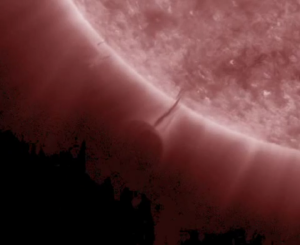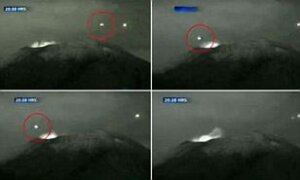CODEX Entry 7500: Warp Drive
The Alcubierre drive, first proposed by theoretical physicist Miguel Alcubierre in 1994, conforms to Einstein’s theory of general relativity and quantum mechanics, yet still achieves superluminal travel, speeds faster than the speed of light. The spaceship sits atop the fabric of our spacetime, the drive pulls the fabric around it, and the ship is then situated in a new place relative to the fabric. Alcubierre describes spacetime then expanding on one side of the ship and contracting on the other, thanks to an enormous amount of energy and the use of negative energy.

In further theoretical work by Krasinov, 2003, the scale of energy required was reduced to -0.068 negative solar masses or to -6×1045 joules, down from -6×1065. Van Den Broeck has proposed further modifications to the Alcubierre geometry giving energy requirements of -6×1021. To give perspectives, one year of the sun’s energy is 6×1021 . Models need to get these numbers down to energy levels of for example a second of the sun’s heat, a year from a volcano, or the entire energy stored in the Van Allen Belt or -6×1015 . The Casimir Effect has offered some insights into possible methods of extracting negative energy.



Another paradox holding back the Alcubierre model, in addition to current limits of negative energy density, was seen as the inability to control the direction of a spacecraft.
Under a funding grant from NASA, advanced propulsion physicist Harold White, PhD suggested that if the spacecraft establishes an initial subluminal velocity in its direction of flight before initiating the field, the field’s boost acts on the initial velocity as a scalar multiplier, resulting in a much higher apparent speed. The ship would therefore use a rolling start as a directional cue. In 2011, White conducted a field sensitivity analysis on Alcubierre’s model and found that Alcubierre’s original drive creates a relatively weak field, with negative vacuum energy on the side of the craft being pushed through a fold in spacetime. By making a more robust field, the strain on spacetime is reduced. If scientists can make the so-called “negative mass” required for an Alcubierre drive, a small trial could be done within Earth’s atmosphere and used to get payloads into space.
Several other issues such as Hawking radiation appear to have been eradicated by further theoretical work, taking the concept from impossible to plausible.